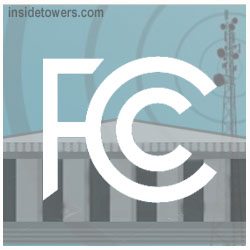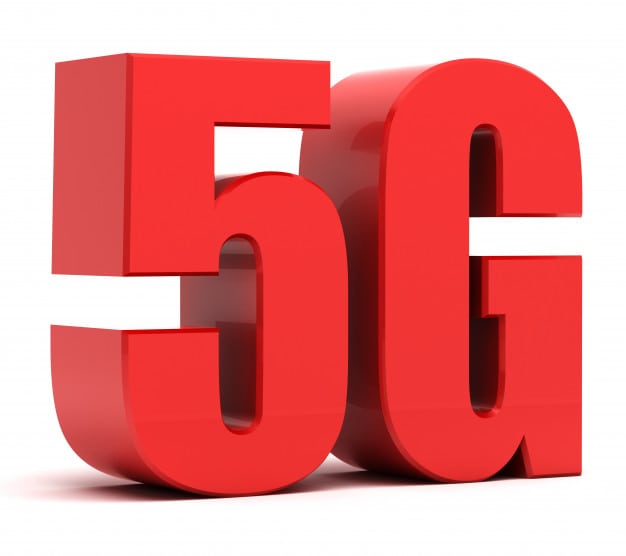
The calls within and outside the FCC are getting louder, to take a fresh look at whether auto safety communications and WiFi can share the same spectrum in the 5.9 GHz band. The Commission this week released results of tests performed on prototype devices to explore potential sharing solutions between the proposed Unlicensed National Information Infrastructure (U-NII) devices and Dedicated Short Range Communications (DSRC) operations in the 5850-5925 MHz (U-NII-4) frequency band. DSRC uses short-range wireless communication links to facilitate data transfer between vehicle to vehicle, and between vehicles and roadside infrastructure.
But WiFi advocates, as well as FCC Commissioners Jessica Rosenworcel and Mike O’Rielly — say the sharing methodology is already outdated. Rosenworcel said the results, released nearly two years after the testing deadline “are long overdue. But we need to do more than just make our work public. We need to start a rulemaking to take a fresh look at this band and its real possibilities.” O’Rielly said the debate “has gravitated away from the type of sharing regime envisioned in the testing. Instead, the Commission should move past this and initiate a rulemaking to reallocate at least 45 megahertz of the band, which is completely unused today for automobile safety.” Continue Reading










